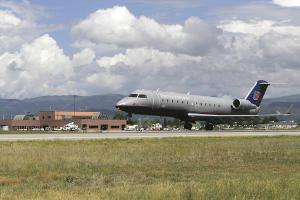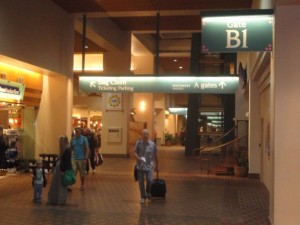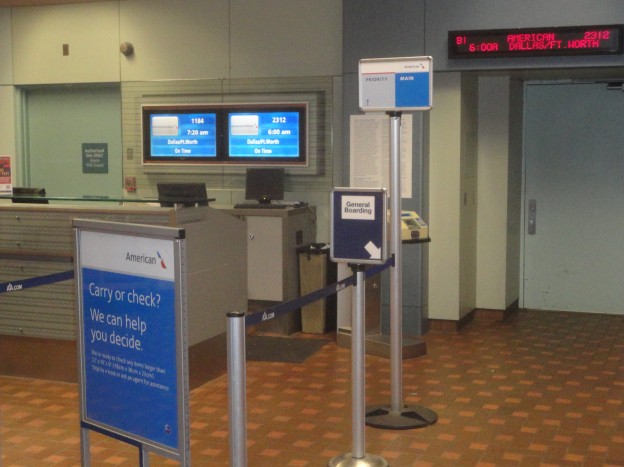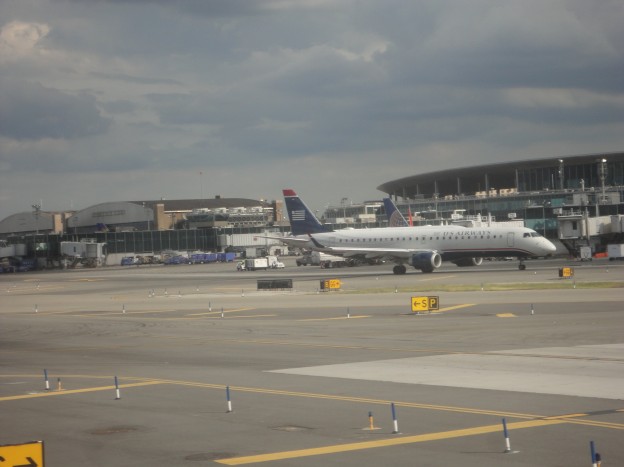Understand Airline Priorities and your community’s position within those priorities: “Think like the airline”
Understand airline priorities and your community’s position within those priorities:
“Think like the airline”. The airline focus is on their stockholder earnings and their overall profit.
Professional guidance to a community is critical to speaking the airlines language in a convincing way to acquire air service and most effectively coordinate flight support efforts with the airline. You need to understand airline priorities because the airline focuses on these priorities. If you’re focused on actions other than those that will meet the airlines priorities you will not get the airlines support. Without that airline support optimizing your air service performance will be difficult and getting air service next to impossible.
You can show you understand airline priorities, and thus gain as much airline support as possible, by endeavoring to bi-sect your communities needs with these priorities when you pitch acquiring new service or when you look for airline support of incumbent service.
You do understand airline priorities when you understand that the airline focuses on their needs and really only engages with your community when your needs bi-sect their needs.
Community Flights has developed over 35 best practices and guiding principles for communities looking to improve their air service. The above is just a small sample of a complete guidebook of best practice.
If you’d like to receive the complete guidebook for FREE: Community Flights Air Service Development Best Practices and Guiding Principles, email: scott@communityflights.com and ask that we send the full guide.
Scott Stewart is the principle of Community Flights; an air service support, development and management company. Community Flights works with communities, organizations or businesses on leveraging the great economic asset that air service is for economic gain. Scott formed Community Flights in January 2013 to help mobilize community support efforts and guide clients in bridging the “air service understanding gap” with the airlines to create an airline and community win-win air service support and performance environment. You can find more info about Community Flights at www.communityflights.com. Contact Scott Stewart directly at scott@communityflights.com .












